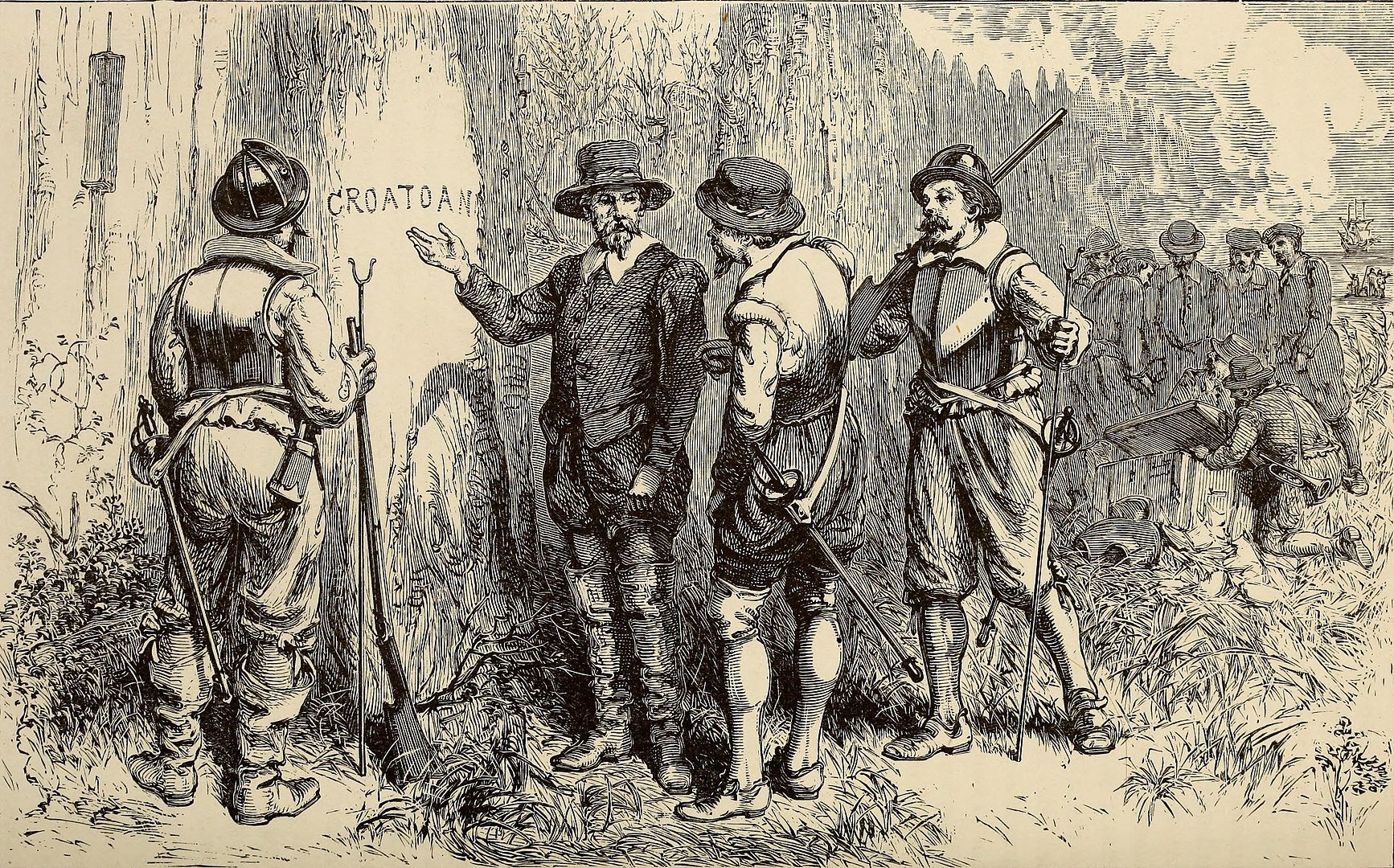

Archaeologists working on North Carolina’s Hatteras Island say new findings may finally explain what happened to the Lost Colony of Roanoke. Based on recent excavations, English settlers who vanished in 1587 may have assimilated into a local Native American community.
The claim centers on the discovery of hammer scale—tiny flakes left behind from blacksmithing—found buried beneath a dense layer of shells. Mark Horton, a professor of archaeology at the Royal Agricultural University in the U.K., believes the flakes are physical evidence that members of the Lost Colony of Roanoke assimilated into Indigenous life.
The shell layer contained almost no European artifacts, suggesting the settlers blended into the local culture over time.
“We did an excavation on Hatteras Island, and we found hammer scale in a pit underneath a thick shell midden that contains virtually no European material in it at all,” Horton said in an interview with Live Science.
The site, located on private land with the owner’s permission, has been under investigation intermittently for the past decade. Radiocarbon analysis of the soil where the flakes were found matches the late 16th century, the same period when the English colony disappeared.
Horton explained that hammer scale, a byproduct of iron forging, is not typically traded, and Native tribes with no blacksmithing tradition were unlikely to use it.
That, he argues, strengthens the case that the English settlers brought the technology with them and continued using it after moving inland.
The Lost Colony was a group of around 120 English settlers who arrived on Roanoke Island in 1587. Life was harsh, and their governor, John White, returned to England for supplies.
The settlement was deserted upon his return in 1590. The only clue left behind was the word “CROATOAN” carved into a wooden post, possibly referencing the Croatoan people who lived on what is now Hatteras Island.
Kathleen DuVal, a historian at the University of North Carolina at Chapel Hill, says the theory fits both historical records and geography. “They wrote exactly where they were going: to Croatoan,” DuVal told Live Science.
Still, not everyone agrees. Charles Ewen, professor emeritus of archaeology at East Carolina University, remains cautious. He says the absence of a hearth or forge at the site raises doubts about ironworking activity.
“If we could find European burials that we could tie to the 16th century with European materials and not trade items,” said Ewen, who co-authored the 2024 book Becoming the Lost Colony. He added that Indigenous reuse of European metal, or visits by other explorers, could also explain the findings.
Ewen believes the mystery might one day be solved with more direct evidence, such as European burials tied to the 1500s that include original English goods.
Horton acknowledges the gaps. “The hammer scale is another piece of really compelling evidence that we’ve got,” he said. “But there are still several loose ends.” His team plans to publish the results in a peer-reviewed journal.
